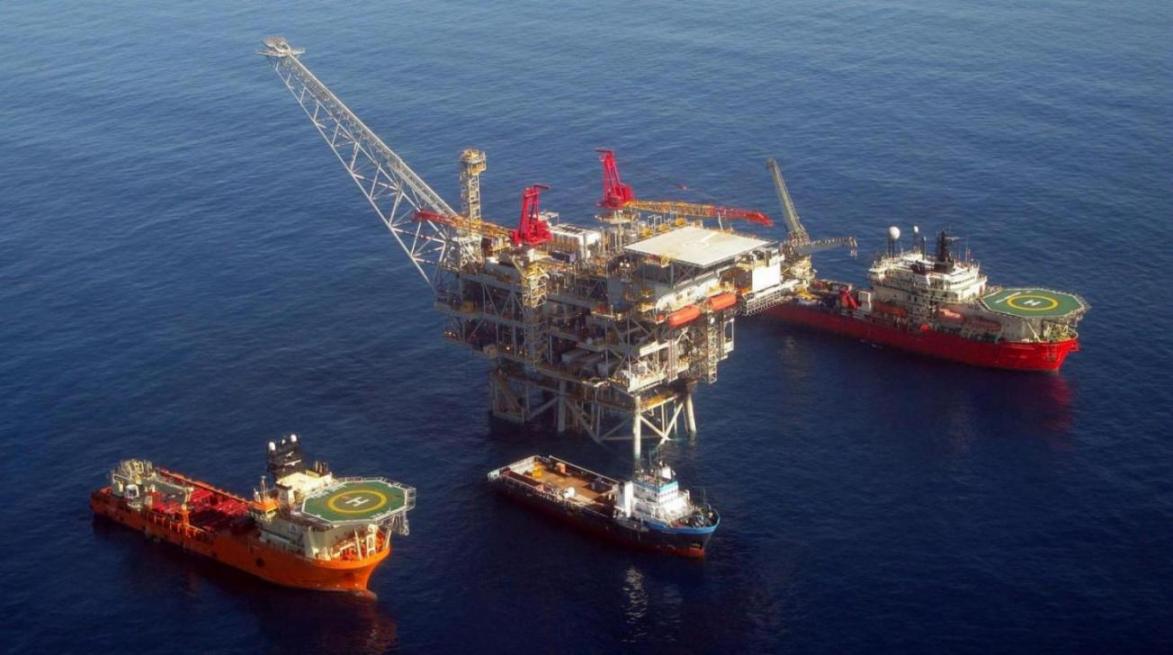Iran is signing gas export deals throughout the Persian Gulf as it gets its energy sector back on track after years of neglect.
The latest deal, signed on Thursday, will see Iran export a small volume of compressed natural gas (CNG) to Abu Dhabi from the port of Assaluyeh, via private companies rather than state-owned entities.
The volumes are unknown, but Iranian energy expert Dalga Khatinoglu has said they will be small, as Iran has a total production capacity of 19 million cubic meters (mcm) of CNG per day, which is expected to grow to 30 mcm per day in the coming year. However, almost a quarter of private vehicles in the country rely on CNG for fuel, and that number is planned to rise to 35% by 2020, so Iran will not "have significant surplus" to export in the medium term.
High domestic consumption and the $200 billion investment requirement to reboot Iran’s energy sector mean exports are a fraction of what they could be. But huge demand for energy in Oman, the UAE and Iraq make them prime – and easy – markets for the resurgent energy superpower. Khatinoglu believes Iran’s gas exports to the Persian Gulf can reach 120 mcm per day by 2020, compared with a total export volume of 22.9 mcm per day in 2012.
"It depends on the pace of both gas production and consumption growth in Iran," he told Interfax. "The country needs the elimination of sanctions [and] western companies [to participate] in upstream projects to attract huge amounts of investment, [and] lift legal bans on signing production sharing agreements in the oil and gas sectors, etc."
A year ago Iran made a deal to export 10 billion cubic meters of gas per year to Oman from 2017. However, the project has been delayed by disputes over the route of a $1-billion pipeline.
Questions around how export deals with Persian Gulf states will affect exports to Europe are moot at this stage, as high domestic demand means little surplus gas is available for outside sales.
Persian Gulf Focus
Petroleum Minister Bijan Zanganeh said at the Energy Security Summit 2015 in Berlin the country was looking east for gas sales before considering western markets, simply because of the regulatory and price complications that would come with developing a European market for its gas.
The existing pipeline from Assaluyeh to Naftshahr in Iraq, through which the planned exports will be transported, is only 270 km long and the proposed line to Oman is only 260 km. Sending gas to Europe would require an almost-4,000 km, 110 mcm per day pipeline – which would cost Iran more than $6 billion.
It would take at least 10 years for Iran to lift its output high enough make building such a pipeline – or an LNG plant – economically feasible, according to Khatinoglu. "The cost of supplying gas to regional markets is low. However, in the long term Iran needs to build several cross-country pipelines to supply domestic needs as well as to boost exports," he said. "Iran has no choice but to complete these pipelines to supply more gas to domestic consumers… I think the Iranian oil minister wanted to encourage the EU to invest in Iran’s LNG projects as an optimal option to import Iranian gas."
Iran is planning to double production from its biggest reservoir, the South Pars field, which is shared with Qatar, to 720 mcm per day by 2019. Hassan Montazer Torbati, planning director of the National Iranian Gas Co., has suggested the country could produce as much as 400 billion cubic meters per day by 2020.


